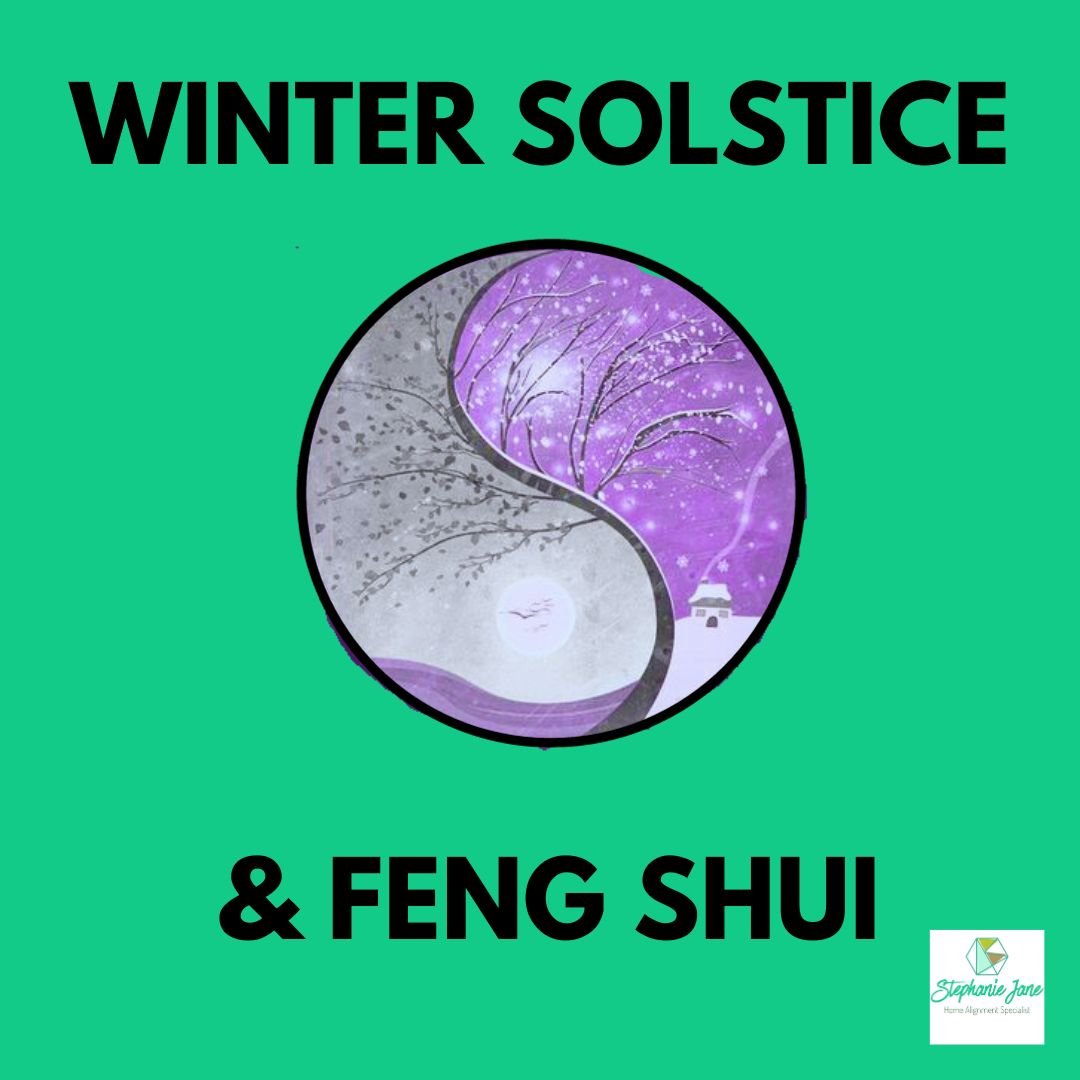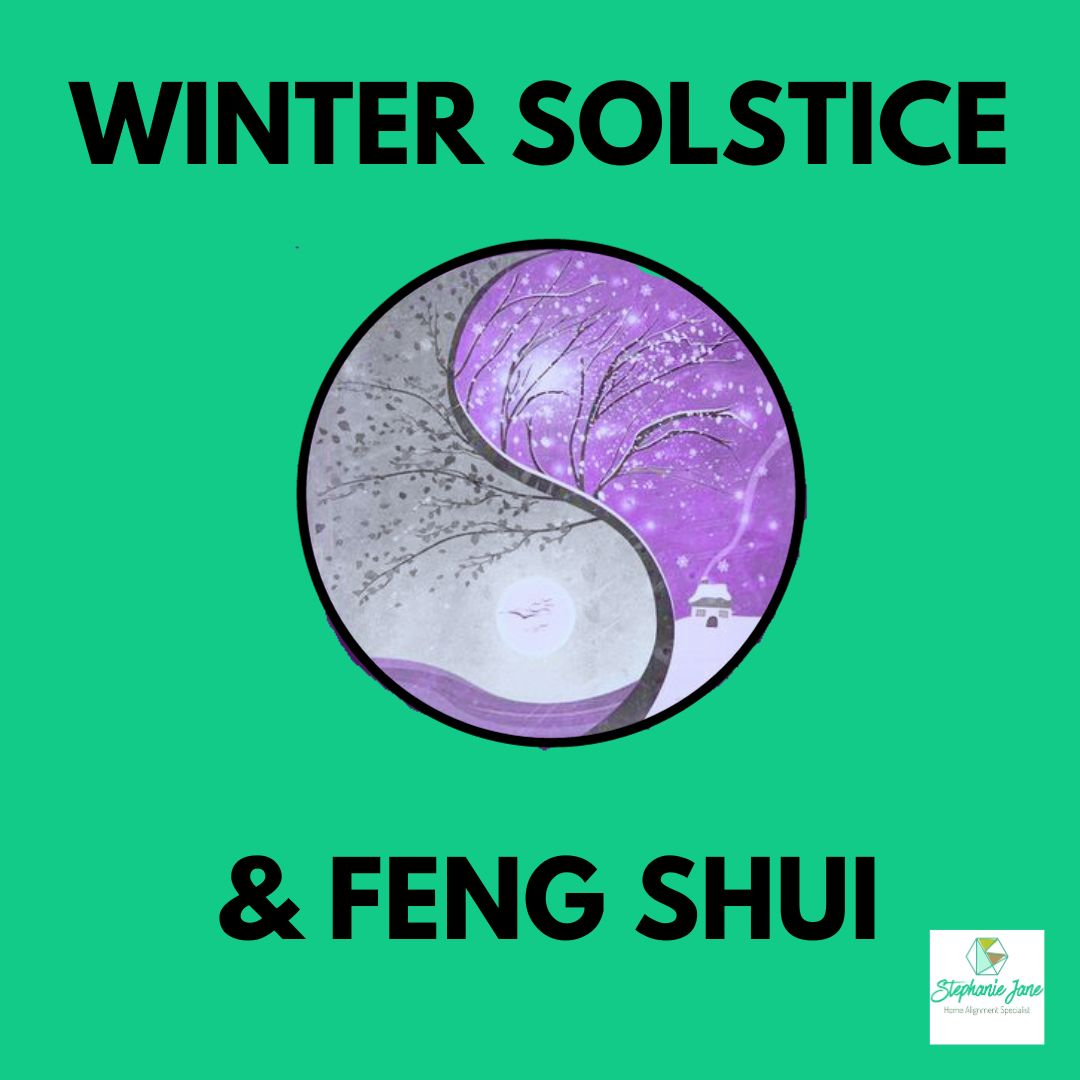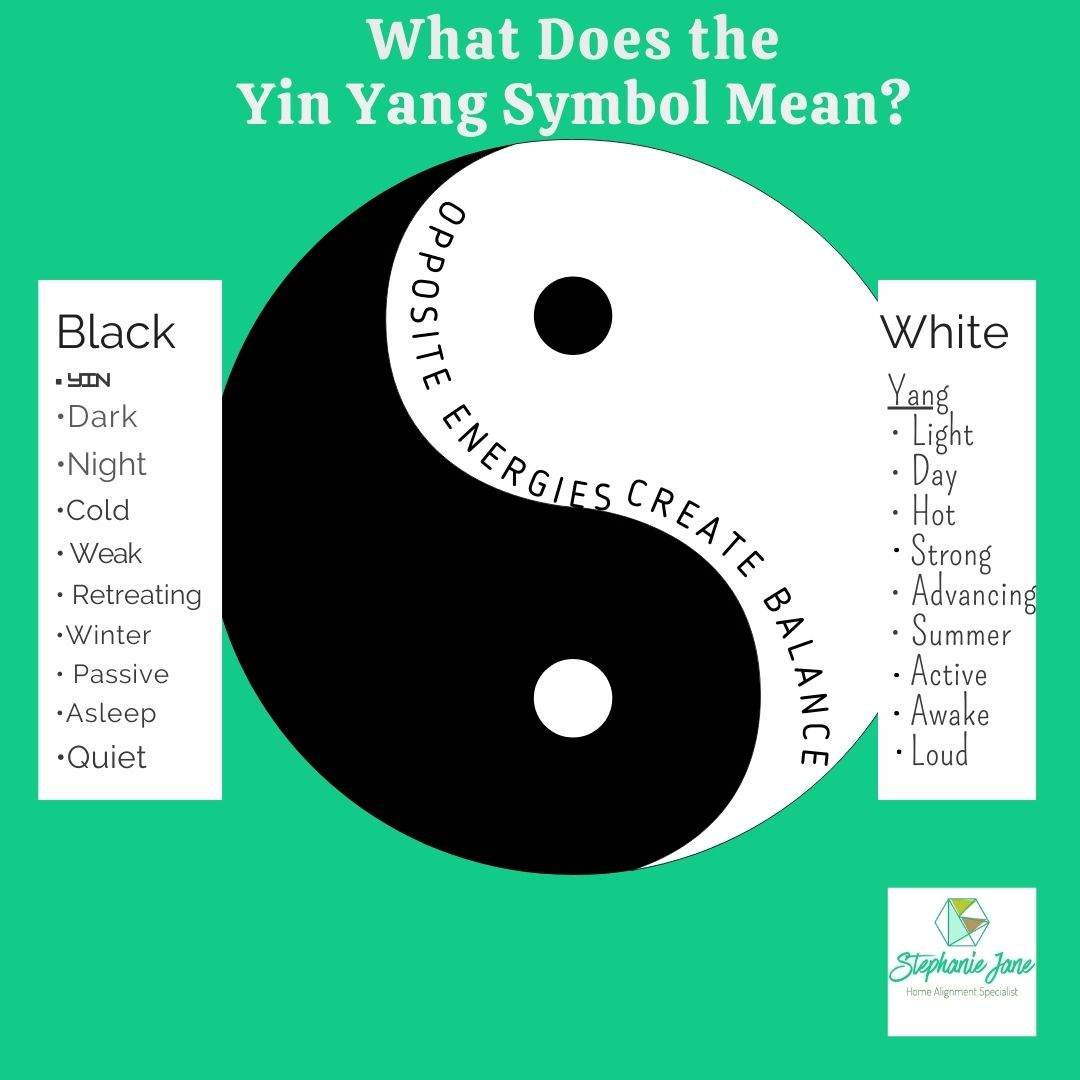Winter Solstice and Feng Shui
What is the Winter Solstice
The winter solstice occurs around December 21st or 22nd in the Northern Hemisphere. In the Southern Hemisphere, the winter solstice occurs around June 21st or 22nd. These dates can vary slightly each year, but they represent the point in the Earth’s orbit around the sun when one hemisphere experiences its shortest day and longest night of the year.
How it the Winter Solstice and Feng Shui connected?
Winter solstice and Feng Shui are connected through their association with energy and the natural cycles of the Earth. Feng Shui is an ancient Chinese practice that involves arranging the environment to enhance the flow of energy, known as “qi” or “chi.” The principles of Feng Shui are deeply rooted in Chinese philosophy, including concepts from Taoism and the observation of natural phenomena.
The winter solstice is the shortest day and longest night of the year, marking the point at which the Northern Hemisphere is tilted farthest from the sun. In Chinese philosophy and Feng Shui, the winter solstice is considered a significant event, symbolizing the return of the yang energy. Yang energy is associated with brightness, warmth, and activity, while yin energy is associated with darkness, coolness, and rest.
During the winter solstice, the yang energy begins to strengthen as the days gradually lengthen. This transition aligns with the principles of Feng Shui, which emphasizes the balance and harmony of yin and yang energies in the environment. Practitioners of Feng Shui may take the changing energy dynamics into account when adjusting the design and arrangement of living spaces.
In Feng Shui, the orientation of a building, the placement of furniture, and the use of colours and elements are all considered to influence the flow of energy in a space. The winter solstice, as a natural event marking the turning point toward increased yang energy, is seen as an opportune time to make adjustments that enhance positive energy flow in alignment with this transition.
It’s important to note that while there is a connection between the winter solstice and Feng Shui, the practice of Feng Shui encompasses a broader set of principles and considerations beyond seasonal changes. Feng Shui is a holistic approach to creating harmonious environments that support well-being, balance, and positive energy flow throughout the year.
The winter solstice at Stonehenge
The winter solstice has been celebrated by various cultures throughout history, and modern celebrations often incorporate both traditional and personal elements.
Today, people from the UK and beyond visit the ancient site of Stonehenge to celebrate the winter and summer solstices.
One reason why this is a popular site to visit is that you can glimpse the Sun’s rays through the stones which are lined up with the path of the Sun. Most people arrive late on the night of the solstice to catch the sunrise.
While both solstices are celebrated by modern-day religions and tourists alike, the ancient civilisation that first built the monument most likely did so primarily for the winter solstice, perhaps to request a good growing season in the year to come. The main features of the Stonehenge site date from the centuries around 3500 BC.
Love and light, Steph






